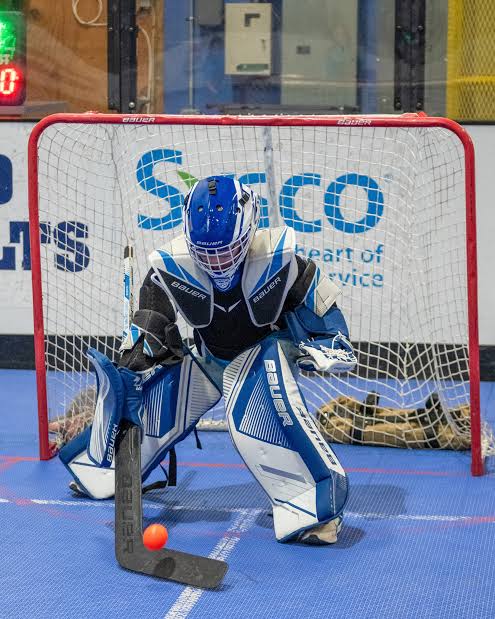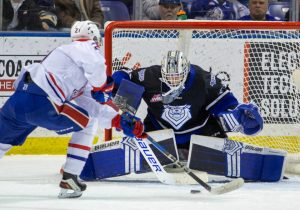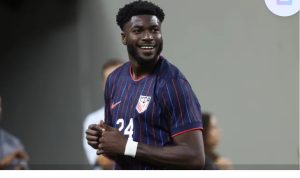
Girls Growing the Game of Hockey and Its Goals
Hockey has long been dominated by male athletes and male-centered narratives. But in recent years, girls and women have been reshaping the landscape of the sport—on the ice, in leadership roles, and throughout communities around the world. As participation grows, so do the goals: from increased visibility and support to equality and inclusion. Girls are not just playing the game; they are helping redefine it for generations to come.
Rising Participation and Passion
Over the past two decades, female participation in hockey has soared. In North America alone, girls’ hockey has become one of the fastest-growing segments in youth sports. Organizations like the NHL, USA Hockey, and Hockey Canada have launched initiatives to create accessible and welcoming environments for young female players. Grassroots programs such as “Girls Try Hockey for Free” and all-girls leagues have empowered thousands to pick up a stick for the first time.
Girls who once had to play on boys’ teams or travel long distances to find competitive opportunities are now finding more inclusive local options. The growth isn’t limited to just the traditional hockey powerhouses, either. Countries across Europe and Asia are seeing increased investment in women’s hockey programs, driven in part by the inspiring performances of female athletes in international tournaments like the Olympics and the IIHF Women’s World Championship.
Beyond the Ice: Building Confidence and Community
For girls, hockey is more than just a sport. It’s a tool for personal development, leadership, and community building. Team sports like hockey promote discipline, resilience, and communication skills. For many girls, being part of a hockey team creates a support system that extends beyond the rink. These strong bonds and positive experiences contribute to increased self-esteem and personal growth.
Coaches, mentors, and parents play a pivotal role in fostering these environments. More women are stepping into coaching roles, becoming role models for young girls who may have never seen themselves represented behind the bench. These role models help girls envision a future in the sport—not just as players, but as leaders and innovators.
Changing the Narrative
As more girls engage with hockey, they’re also challenging outdated perceptions of who belongs in the game. From grassroots to elite levels, female players are advocating for equal opportunities, fair treatment, and visibility. The rise of professional women’s hockey leagues, such as the newly established Professional Women’s Hockey League (PWHL), has created platforms for female athletes to showcase their talents on a global stage.
Media coverage, while still not on par with men’s leagues, is improving thanks to the efforts of journalists, athletes, and fans demanding more equitable representation. Social media has become a powerful tool for female athletes to build their own narratives, celebrate achievements, and engage directly with fans.
One of the major goals of this movement is normalizing girls’ hockey and erasing the idea that it’s a “boys’ sport.” When young girls see athletes like Kendall Coyne Schofield, Marie-Philip Poulin, or Hilary Knight breaking records and speaking up for equity, they begin to believe that they, too, can dream big within the sport.
Creating a More Inclusive Future
The work doesn’t stop at participation and visibility. Growing the game also means making it accessible and inclusive for all girls, regardless of race, socioeconomic status, or ability. There’s a growing recognition that diversity strengthens the sport. Programs aimed at removing financial barriers, increasing representation, and making rinks safer for marginalized groups are becoming more common—and more necessary.
Organizations like Black Girl Hockey Club and Hockey 4 Youth are leading the charge in breaking down systemic barriers and ensuring that the next generation of players includes voices from all backgrounds. Their work highlights the importance of intersectionality in growing the game: supporting girls doesn’t mean supporting only one kind of girl—it means making room for everyone.
Goals for the Future
The ultimate goal is equality, but getting there requires smaller, tangible goals that drive progress. These include:
- Expanding access to rinks, equipment, and coaching for all girls.
- Securing sustainable funding for women’s and girls’ hockey programs.
- Increasing female leadership in coaching, officiating, and executive roles.
- Ensuring visibility of female players in media, promotions, and mainstream sports culture.
- Fostering safe, respectful environments free from harassment and discrimination.
Every step toward these goals builds a stronger, more inclusive hockey culture—one where girls are not just allowed to play but are celebrated and supported every step of the way.
Conclusion
Girls are not only growing the game of hockey—they are transforming it. Through increased participation, community building, advocacy, and leadership, they are shaping a future where the sport is more inclusive, equitable, and representative of all who love it. With continued support and intentional action, hockey will evolve into a game where every girl feels she belongs and every dream has a place on the ice.
Let me know if you’d like this formatted for a blog, article, or speech—or if you want to add quotes, stats, or local stories to make it more personalized!







